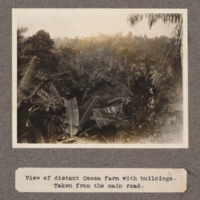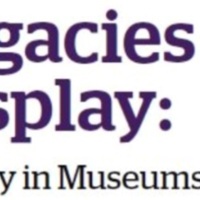
River Road African American Museum
The River Road African American Museum (RRAAM) was originally housed at Tezcuco Plantation, and opened in 1994. Due to a fire, it was relocated to its present site, a restored Caribbean-style cottage from the 1890s, in 2003. Before the museum opened, there was nowhere that charted the narrative of African American experience in the rural counties along the Mississippi. It developed its collections through donations; of buildings, objects, family documents, photographs, maps and pieces of art. The RRAAM opened with the aim of educating its visitors about the lives of Africans Americans who lived and worked on the sugar and rice plantations in the region. It has since been recognised as an international repository for African American culture in Louisiana. It hosts a varied public programme alongside its permanent displays, including touring exhibitions, concerts, lectures and school workshops.
The museum's website outlines its focus as 'more than just a slavery museum'; its key themes throughout the permanent exhibits are freedom, resilience and reconciliation. Five of the museum's displays focus on the contribution of African influence in key areas of Louisiana culture, including jazz, cuisine, medicine, art and inventions.
One key exhibit features a collection of slave inventories from local plantations- the museum lists the names of over 5,000 enslaved people. 'Free People of Colour' follows on from this as an exhibit which showcases the hundreds of people who obtained their freedom in Ascension. Outside, the RRAAM has built a 'Freedom Garden' which reveals the history of Louisiana's involvement in the Underground Railroad using a range of plants that would have been cultivated by the enslaved, both in Africa and on the plantations.
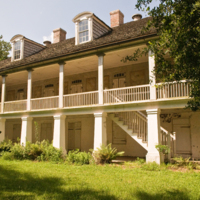
The Whitney Plantation
Widely claimed to be the first museum in America to solely address slavery, the Whitney Plantation is a plantation estate, museum and memorial outside New Orleans, on Louisiana's famed River Road. During the eighteenth and nineteenth centuries, the plantation was home to the Haydel family, and their enslaved workers. The site was bought in 2000 by a retired lawyer, John Cummings, who funded the renovation and redevelopment of the site, which opened to the public as a museum in 2014. On arrival, visitors must join a guided tour to see the majority of the site, but the museum is open to all.
On the property visitors will find a range of exhibits, including the Mansion House, slave quarters, a blacksmith's shop and a Baptist church. There is also a 'Wall of Honour' which features the names of all those enslaved at the plantation, as taken from the site's archives. In addition, there is a sculpture installation created by American artist Woodrow Nash called 'The Children of Whitney,' that seeks to remind visitors that slavery affected children as well as adults.
The site houses a significant collection of artefacts too. These range from plantation tools and house furniture. There is even the largest collection of sugar kettles in the whole of Louisiana. Much of this collection has been purchased at auctions around the USA, in a bid to redisplay the site as it was during the antebellum period. There are three archaeological sites which also contribute collections of material linked to the lives of the enslaved themselves. All of this provides visitors with a unique perspective of plantation life, and helps to break down the ignorance still surrounding histories of American enslavement.
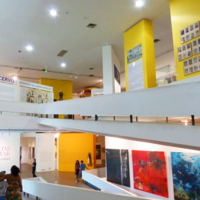
Museu Afro Brasil
First opened in 2004, the Museu Afro Brasil is a contemporary museum which seeks to showcase the contributions of black communities to Brazil and its culture. There are over six thousand objects in the collection, including paintings, sculpture, photographs, ceramics and textiles. Through all of these items the museum illustrates the creative nature of Brazilian people. The exhibitions grew from the private collection of visual artist Emanoel Araujo who has led the museum as Director since its opening. The site also houses a theatre and a specialised library.
In its permanent exhibition space, which displays around seventy percent of its collections, the Museu Afro Brasil emphasises the rich culture of the African continent from the fifteenth century through to today. There are a variety of art mediums and artefacts on display, including masks, sculpture, jewellery and archival material.
These objects link to social themes, such as celebrations and religions, amongst communities of African descent in Brazil. There is also a section that explores the memory of key figures in the Afro-Brazilian community. Another explores the work done by these communities. Historically, this area examines the work done when many African people in Brazil were enslaved. The display features a model sugar mill, different kinds of tools for use on plantations, and sugar loaf moulds.
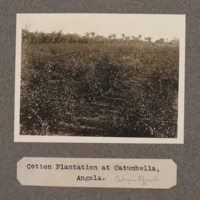
Cotton plantation at Catumbella, Angola
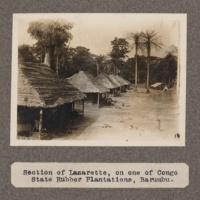
Section of Lazarette on one of Congo state rubber plantations, Barumbu
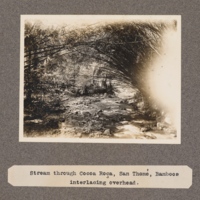
Stream through cocoa roça, San Thomé, bamboos interlacing overhead
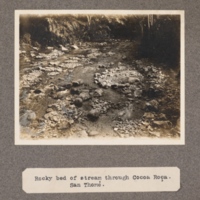
Rocky bed of stream through cocoa roça. San Thomé
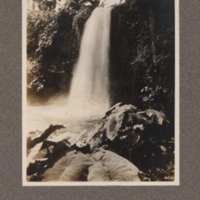
Falls on a Roça in San Thomé
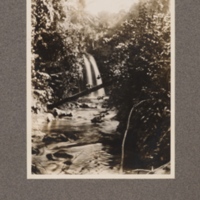
Waterfall on Cocoa Roça in San Thomé
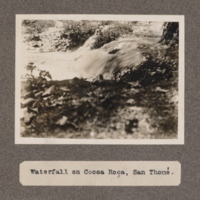
Waterfall on Cocoa Roça, San Thomé
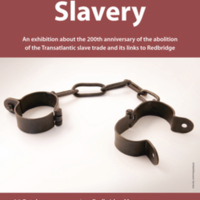
Redbridge and Slavery
Redbridge Museum's exhibition to mark the bicentenary examined the London Borough of Redbridge's connections to the slave trade and abolition. These links included local resident Josiah Child, once Governor of the East India Company, an investor in the Royal African Company and owner of plantations in Jamaica. The Mellish family of Woodford had connections with the West India Docks in London, built for the sugar trade. Alexander Stewart of Woodford owned Jamaican plantations and acted on behalf of owners of enslaved Africans in compensation claims after abolition. The exhibition also examined church records detailing some of the Black residents of Redbridge in the 17th and 18th centuries. Music from the Caribbean island of Dominica was included, as was a series of personal responses to the bicentenary by local residents.
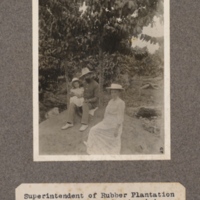
Superintendent of rubber plantation and farm at Banganju, Aruwimi, with wife and child
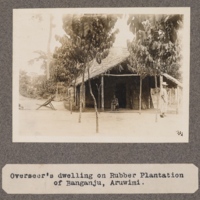
Overseer's dwelling on rubber plantation of Banganju, Aruwimi
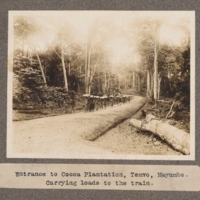
Entrance to Cocoa Plantation, Temvo, Mayumbe. Carrying loads to the train
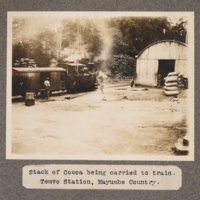
Stack of Cocoa being carried to train. Temvo Station, Mayumbe Country
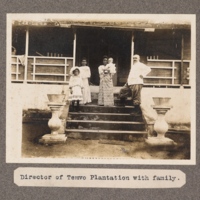
Director of Temvo Plantation with family

Bringing loads of Cocoa to the train at Temvo, Mayumbe Country
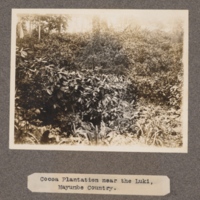
Cocoa plantation near the Luki, Mayumbe Country
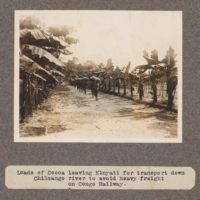
Loads of Cocoa leaving Kinyati for transport down Chiloango river to avoid heavy freight on Congo railway
